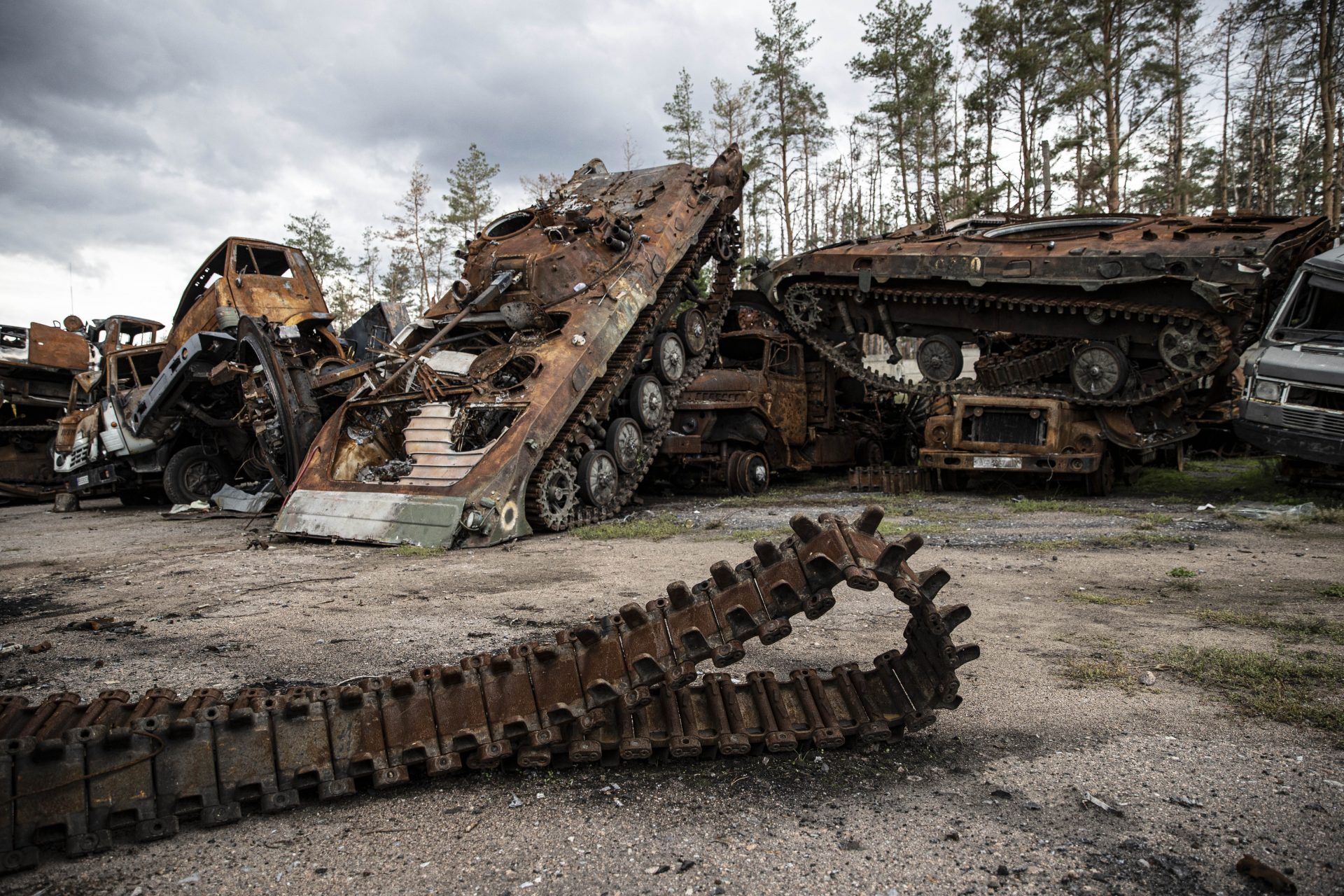Mysterious cases of poisoning at girls' schools in Iran continue to increase
Since the end of November, the cases of poisoning in Iranian schools have increased. Hundreds of girls - elementary, middle and high school students - have become the target of what authorities believe are chemical attacks.
Experts believe that this terrible phenomenon could be related to the role played by women in recent protests in the country.
The first case of poisoning was officially reported in the city of Qom, southwest of Tehran. According to the BBC, 18 girls around the age of 10 had to be taken to a clinic on November 30, 2022 after falling seriously ill.
Since then, according to official information reported on by The Conversation, "at least 58 schools in ten provinces across the country have been affected."
On Sunday, March 5th, new gas poisoning cases were reported in western Iran. The state-run news agency 'Isna' reported that girls were poisoned in two girls' high schools in Abhar and Ahvaz and in a primary school in Zanjan.
Furthermore, The Conversation reports that in the past week alone 26 schools have been affected.
The poisoning occurs via the respiratory tract. Young Iranian women describe an "unpleasant" odor that makes them feel nauseous, have a sore throat, dizziness, difficulty breathing, vomit or feel unwell, which can result in hospitalization.
According to the BBC, the pattern and symptoms have been the same for each attack. Iranian women would get sick after smelling "rotten fruit". Fortunately, most recover within 24 hours.
As a result many parents in Iran have been opting to keep their daughters home from school to protect them from these attacks.
In Iran, many believe the poisoning is aimed at closing down girls' schools, "which have been one of the centers of anti-government protests since September," the British outlet explains.
As a reminder, the death of Masha Amini in September 2022 sparked protests across the country. The 22-year-old student was arrested by the morality police for wearing her headscarf incorrectly and died three days later.
As a result, numerous protests took place across the country and later worldwide to denounce the regime of Ebrahim Raissi and to defend the right of women to dress freely.
The BBC reported that Iranians have been speculating if the poisoning of schoolsgirls is a kind of "payback" for participating in the protests.
Maryam Afshang of the BBC wrote, "Social media was flooded with videos showing schoolgirls ripping off their headscarves and chanting anti-establishment slogans."
French-Iranian political scientist and sociologist Mahnaz Shirali, believes that the connection between the protests and the poisoning of the schoolgirls is plausible.
Mahnaz Shirali told the French magazine Marianne: "Women, including the youngest, have been at the forefront of the protests for months. This wave of poisoning can only be revenge on them."
So far, the perpetrators of these poison attacks have not been officially identified. "For some opposition movements, the Iranian regime is said to be behind this wave of poisoning," reports France Info.
However, the government defended itself and denounced a "conspiracy of enemies" without naming it. Their goal is said to be to stir up "fear and desperation" in the country, as the Isna news agency reports.
Under pressure from the affected families, the Iranian government finally launched an investigation on February 26. So far, however, no perpetrator has been found.
In a statement released on Saturday, March 4, Interior Minister Ahmad Vahidi said "suspicious traces" had been found during "field research," without giving further details.
In view of the inaction of the Iranian authorities, the United Nations called for a "transparent investigation". "We are very concerned by these allegations that girls are being deliberately targeted in what appear to be mysterious circumstances," said Ravina Shamdasani, spokeswoman for the UN High Commissioner for Human Rights.
On March 7, during her daily press conference, the White House spokeswoman Karine Jean-Pierre said, "If these poisonings are related to participation in protest, then it is well within the mandate of the UN independent international fact-finding mission on Iran to investigate."
Jean-Pierre then further condemned these "unconscionable" poisonings adding, "There must be a credible independent investigation, accountability for those responsible."
In view of the poisoning wave, many Iranian parents prefer to keep their daughters out of school until further notice. A dangerous situation as girls who do not receive an education have a higher chance of entering a forced marriage, greater risk of domestic violence, and often face a life of poverty.
More for you
Top Stories





































